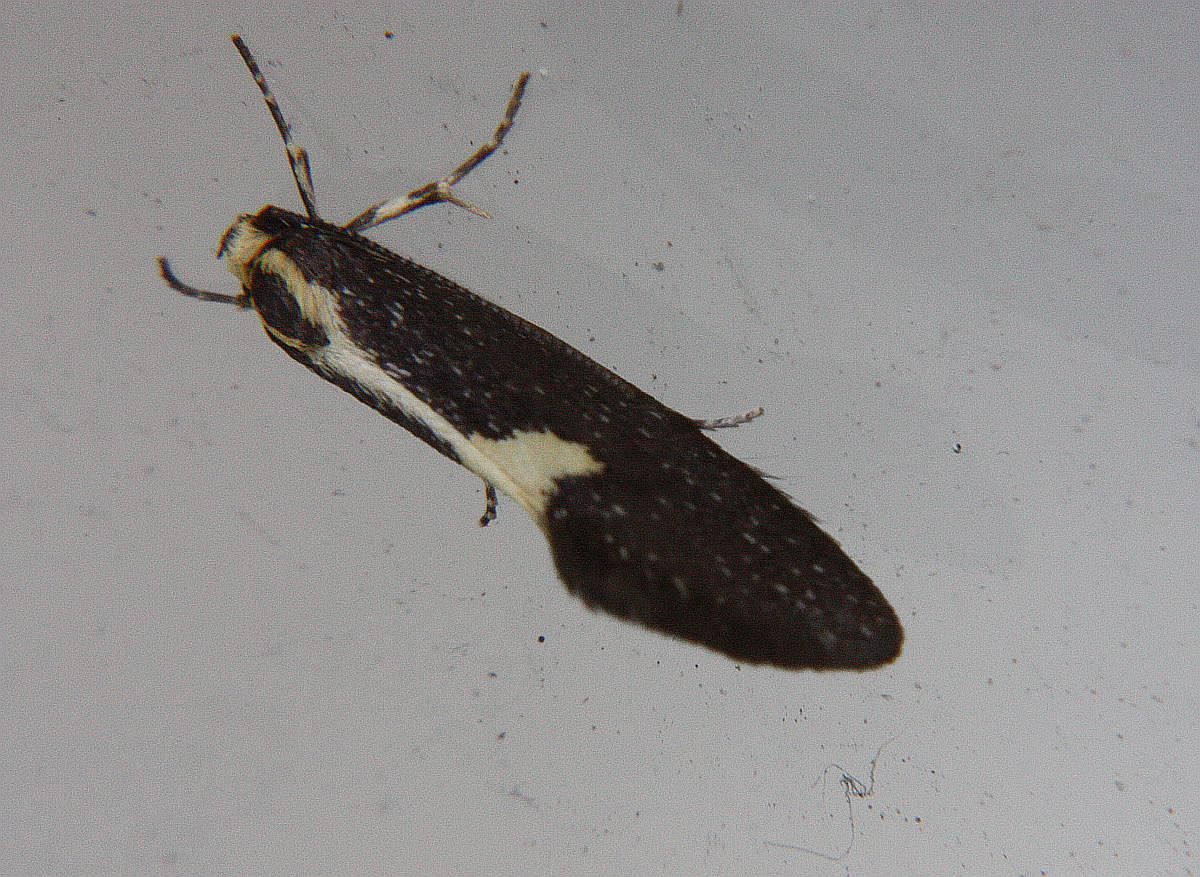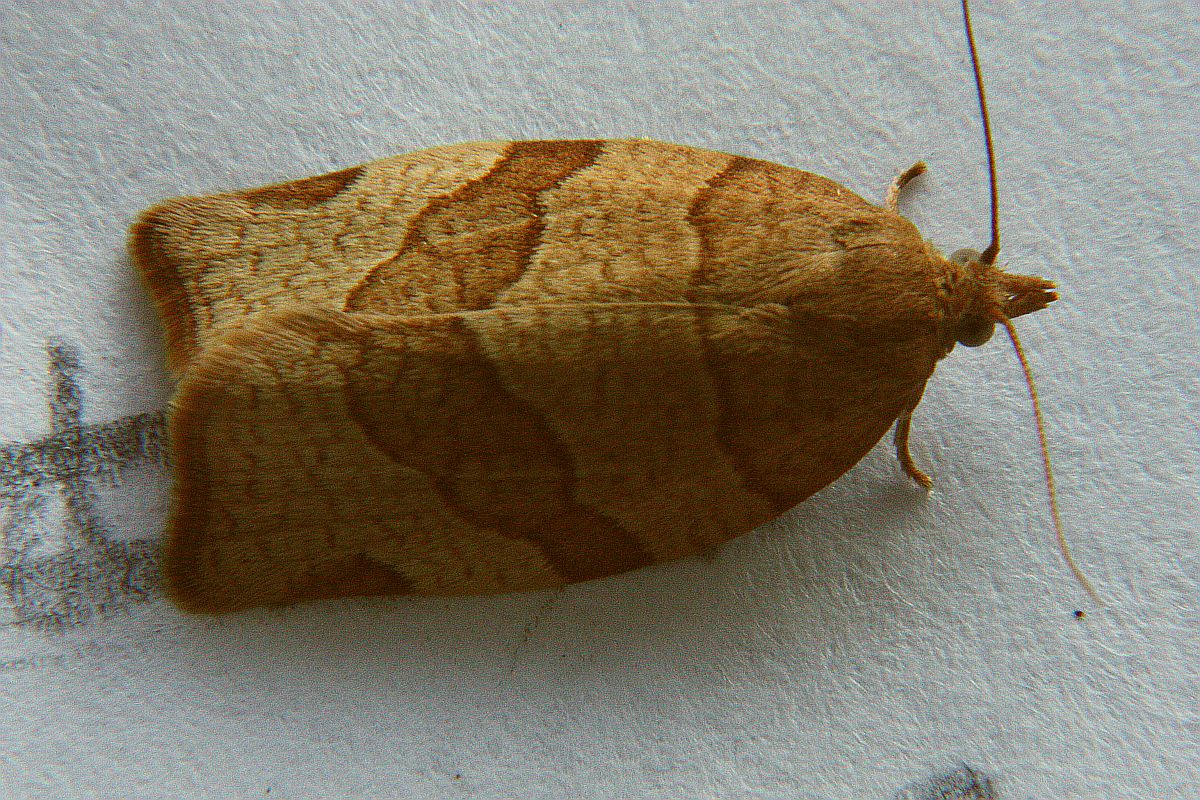|
|
1
-
Tuesday Birding
Tuesday Birding
April 1, 2025 @ 9:00 am - 12:00 pm
Corner of Bowker Ave. and Bowker Place, Victoria
TUESDAY BIRDING. We meet every Tuesday, one block south of the foot of Bowker Ave on the waterfront (off Beach Drive) at 9:00 am, or at the foot of Bowker Ave at 9:30 am, rain or shine. Birding activities take place at various locations around Greater Victoria.
For more information call Bill Dancer at 250-721-5273 or Agnes Lynn at thelynns at shaw.ca or 250-721-0634. Novice and experienced VNHS members all welcome.
See more details
•
|
2
|
3
|
4
|
5
-
The Dawn Chorus at Francis/King Park
The Dawn Chorus at Francis/King Park
April 5, 2025 @ 6:30 am - 10:00 am
Victoria Region
FIELD TRIP (LEVEL 4)
Meet at 6:30 a.m. at the Nature House. At this time of year, songbirds sing persistently, vigorously, and loudly around sunrise — a phenomenon called the dawn chorus. This park has an impressive density of songbirds, and we can expect to hear good numbers of year-round residents and early migrants singing. Morning twilight is extended at this time of year and the chorus begins well before sunrise. We’ll linger awhile in the parking area, before taking to the trails. Much of our route will be rocky and rugged, with uneven footing, but the first few hundred metres provide easy walking. Except for that first section, some trails will likely have ankle-deep mud or water, so please wear above-ankle, waterproof footwear. Early morning is a magical time, with little traffic or other sounds except bird song, and we’ll try to keep talking to whispers. Sunrise will be at 6:42 a.m.; we’ll meet at 6:30. DIRECTIONS: The Nature House is at the main parking lot near the south end of Munn Road. For more information, please contact birdingfieldtrips@gmail.com.
See more details
•
|
|
6
|
7
|
8
-
Tuesday Birding
Tuesday Birding
April 8, 2025 @ 9:00 am - 12:00 pm
Corner of Bowker Ave. and Bowker Place, Victoria
TUESDAY BIRDING. We meet every Tuesday, one block south of the foot of Bowker Ave on the waterfront (off Beach Drive) at 9:00 am, or at the foot of Bowker Ave at 9:30 am, rain or shine. Birding activities take place at various locations around Greater Victoria.
For more information call Bill Dancer at 250-721-5273 or Agnes Lynn at thelynns at shaw.ca or 250-721-0634. Novice and experienced VNHS members all welcome.
See more details
-
Natural History Night: Grasslands of BC (in-person and Zoom)
Natural History Night: Grasslands of BC (in-person and Zoom)
April 8, 2025 @ 7:30 pm - 9:00 pm
Grasslands of BC
Grasslands cover less than 1% of BC, yet are home to over 30% of species at risk. Mike Dedels, Executive Director of the Grasslands Conservation Council of BC will talk about our special grasslands, their importance to biodiversity, food security, and climate change resilience. You will also learn about threats to the grasslands and some of the projects that the GCC is undertaking, and have a tour of some of the grasslands of BC including those on the south coast. Check out the GCC at www.bcgrasslands.org.
This presentation will be in person at Berwick Royal Oak (4680 Elk Lake Drive).
Also available via Zoom – Please register in advance for this meeting:
https://us06web.zoom.us/meeting/register/AqwhxbLpSVaWhvnd4Cm1mA
After registering, you will receive a confirmation email containing information about joining the meeting.
See more details
• •
|
9
|
10
|
11
|
12
-
Birding the Oak Bay and Victoria Waterfront
Birding the Oak Bay and Victoria Waterfront
April 12, 2025 @ 8:30 am - 11:30 am
Victoria Region
FIELD TRIP (LEVEL 1)
Meet at 8:30 a.m. This week, the Saturday birding group will make several stops along the waterfront, to look at some of the many seabirds (including gulls and ducks) and shorebirds, starting at Cattle Point, and then stopping at the bottom of Bowker Avenue, Turkey Head, McMicking Point, Clover Point, and ending at the Ogden Point breakwater. DIRECTIONS: Cattle Point is off Beach Drive; the entrance driveway is a short distance east from Dorset Road. For more information, please contact birdingfieldtrips@gmail.com.
See more details
•
|
|
13
|
14
|
15
-
Tuesday Birding
Tuesday Birding
April 15, 2025 @ 9:00 am - 12:00 pm
Corner of Bowker Ave. and Bowker Place, Victoria
TUESDAY BIRDING. We meet every Tuesday, one block south of the foot of Bowker Ave on the waterfront (off Beach Drive) at 9:00 am, or at the foot of Bowker Ave at 9:30 am, rain or shine. Birding activities take place at various locations around Greater Victoria.
For more information call Bill Dancer at 250-721-5273 or Agnes Lynn at thelynns at shaw.ca or 250-721-0634. Novice and experienced VNHS members all welcome.
See more details
•
|
16
|
17
|
18
-
Birding the Parks of Prospect Lake
Birding the Parks of Prospect Lake
April 18, 2025 @ 8:30 am - 11:30 am
FIELD TRIP (LEVEL 2.5)
Meet at 8:30 a.m. Though smaller than nearby Elk and Beaver Lakes, Prospect Lake is one of our largest local lakes and the most significant source of Tod Creek. Gulls frequently visit the lake, bathing to remove salt from their feathers. Pied-billed Grebes and Double-crested Cormorants are common sights. We will start at the lake’s outflow in Whitehead Park at the north end of the lake, then carpool to Estelline and South Prospect Lake Parks, which have different viewpoints of the lake but limited parking. Some trails may be muddy, so please wear appropriate footwear. DIRECTIONS: Meet at the parking lot on Goward Road. If that lot is full, more parking is available nearby on Prospect Lake Road. For more information, please contact birdingfieldtrips@gmail.com.
See more details
•
|
19
-
Early Spring Flowers and Birds at Gore and Oak Haven Parks
Early Spring Flowers and Birds at Gore and Oak Haven Parks
April 19, 2025 @ 9:00 am - 12:00 pm
Victoria Region
FIELD TRIP (LEVEL 2 GORE PARK, LEVEL 3 OAK HAVEN PARK)
Meet at 9:00 a.m. These two delightful Saanich Peninsula parks offer exquisite spring flowers and plenty of birds. To allow more people to participate, we’ll start with the more level terrain of Gore Park. Oak Haven Park has a climb to the summit, but it is not terribly strenuous or long. DIRECTIONS: We will start at the entrance to Gore Park. Proceed along Benvenuto Drive towards Butchart Gardens but turn right on Amwell Drive to Greig Avenue. The park entrance will be on the right side of Greig. For more information, please contact birdingfieldtrips@gmail.com.
See more details
•
|
20
-
Enjoy all that Jocelyn Hill has to offer
Enjoy all that Jocelyn Hill has to offer
April 20, 2025 @ 8:30 am - 12:00 pm
FIELD TRIP (LEVEL 4)
Meet at 8:30 a.m. This steep and challenging trip is for both wildflowers (especially Gold Stars), birds, and the fantastic panoramic views from the ridge. Potential birds include Golden Eagle and Sooty Grouse. Bring drinks and lunch. DIRECTIONS: Follow the Trans-Canada Highway, take the Millstream Road exit and keep left on Millstream Road past Millstream Lake Road, then past Lone Tree Hill Park, watching for Emma Dixon Road on the left. The trailhead is on Millstream Road just past Emma Dixon. Park on the right-hand side of the road. For more information, please contact birdingfieldtrips@gmail.com.
See more details
•
|
21
-
Wildflowers and Birds at Bear Hill
Wildflowers and Birds at Bear Hill
April 21, 2025 @ 8:30 am - 11:30 am
FIELD TRIP (LEVEL 3)
Meet at 8:30 a.m. Shooting Star, Blue-eyed Mary, Small-flowered Woodland Star, Sea Blush, Chocolate Lily, and Calypso Orchid can all be found in this park. Forest birds will be encountered on the ascent. At the summit, we can expect raptors, vultures, swallows, and more. The trail to the summit is quite steep so please wear sturdy footwear. DIRECTIONS: From Oldfield Road in Central Saanich, turn east onto Bear Hill Road and continue until the main parking area on your left. Watch for horses: pass slowly and give them space. For more information, please contact birdingfieldtrips@gmail.com.
See more details
•
|
22
-
Tuesday Birding
Tuesday Birding
April 22, 2025 @ 9:00 am - 12:00 pm
Corner of Bowker Ave. and Bowker Place, Victoria
TUESDAY BIRDING. We meet every Tuesday, one block south of the foot of Bowker Ave on the waterfront (off Beach Drive) at 9:00 am, or at the foot of Bowker Ave at 9:30 am, rain or shine. Birding activities take place at various locations around Greater Victoria.
For more information call Bill Dancer at 250-721-5273 or Agnes Lynn at thelynns at shaw.ca or 250-721-0634. Novice and experienced VNHS members all welcome.
See more details
•
|
23
-
Birders' Night (In-person and Zoom)
Birders' Night (In-person and Zoom)
April 23, 2025 @ 7:30 pm - 9:30 pm
Herring and Birds in Hesquiat, Northwest Vancouver Island
For the past three years, in collaboration with the BC Important Bird Area Program, young ornithologists including Hannah Hickli have performed field surveys of this hard to access and beautiful stretch of the Northwest coast. Hannah will have just returned to Victoria after a month in Hesquiat surveying trophic interactions of a fascinating phenomenological event, the Pacific herring spawn. Join us to hear her experiences with the spring wildlife frenzy which draws in seabirds, bears, whales, people, and tens of thousands of gulls.
Zoom participants, please register in advance for this meeting:
https://us06web.zoom.us/meeting/register/tZAuf-qtpjkvHNMimTIl_Zf9l9tukRbdxtpd
After registering, you will receive a confirmation email containing information about joining the meeting.
See more details
•
|
24
|
25
|
26
-
Searching for Mist Maidens at Devonian Park
Searching for Mist Maidens at Devonian Park
April 26, 2025 @ 9:00 am - 12:00 pm
Victoria Region
FIELD TRIP (LEVEL 3)
Meet at 9:00 a.m. Metchosin’s Devonian Park is a great place to enjoy both birds and wildflowers as we meander along towards the seashore. We can savour the spring wildflowers that should be at their peak right now. When we get to the seashore, we will look for the hard-to-find, delicate little wildflower called mist maidens (Romanzoffia tracyi) tucked in the rocks. If it’s a clear day, we’ll stop to enjoy the fabulous views of the Olympics and try to spot river otters, harbour seals, or orcas that are common in the area. On the way back, we will check for the Great Horned Owls that lurk in the woods. DIRECTIONS: Meet in the parking lot at the entrance to the park. Go to the end of Metchosin Road or Happy Valley Road onto William Head Road to the entrance of Devonian Park. For more information, please contact birdingfieldtrips@gmail.com.
See more details
•
|
|
27
|
28
-
POSTPONED UNTIL FALL: Marine Night – Zoom only
POSTPONED UNTIL FALL: Marine Night – Zoom only
April 28, 2025 @ 7:30 pm - 9:30 pm
Knock knock, who’s there? Investigating rockfish vocalizations and their applications for acoustic monitoring
Did you know that fish can make sounds? In British Columbia there are 41 species of rockfish, but very little is known about their vocalizations. Dive into the world of underwater communication with this exploration of the diversity of fish sounds occurring in the waters surrounding Vancouver Island. If you’ve ever wondered what a Black rockfish sounds like or what a Copper rockfish says while it’s being chased, then this talk is for you. Using photos, videos, and sound clips collected from Barkley Sound, BC. Darienne Lancaster, a PhD candidate in the biology department at the University of Victoria (previously worked as a scientific diver for coral reef conservation in the Philippines, as a BC Park Ranger on the sunshine coast, and as a biologist with Fisheries and Oceans Canada in Newfoundland and BC), will explore the sounds and behaviours of local rockfish and how a better understanding of fish vocalizations could become a key tool for monitoring and protecting these species in the future.
Register for the Zoom presentation at https://us06web.zoom.us/meeting/register/ig-kegqVQrquvCLJWm_eGw
See more details
•
|
29
-
Tuesday Birding
Tuesday Birding
April 29, 2025 @ 9:00 am - 12:00 pm
Corner of Bowker Ave. and Bowker Place, Victoria
TUESDAY BIRDING. We meet every Tuesday, one block south of the foot of Bowker Ave on the waterfront (off Beach Drive) at 9:00 am, or at the foot of Bowker Ave at 9:30 am, rain or shine. Birding activities take place at various locations around Greater Victoria.
For more information call Bill Dancer at 250-721-5273 or Agnes Lynn at thelynns at shaw.ca or 250-721-0634. Novice and experienced VNHS members all welcome.
See more details
•
|
30
|
|
|
|
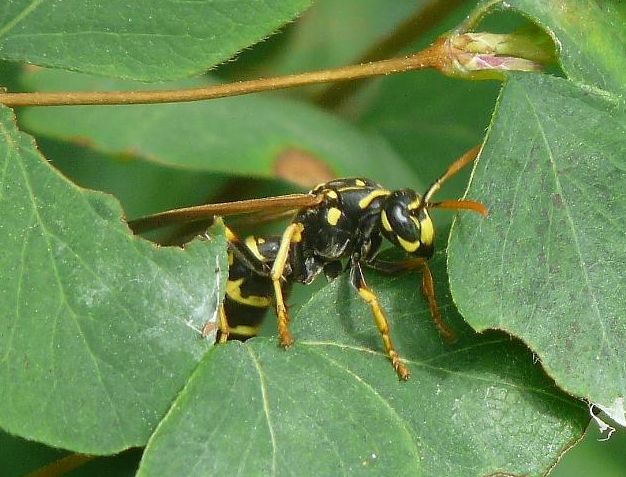
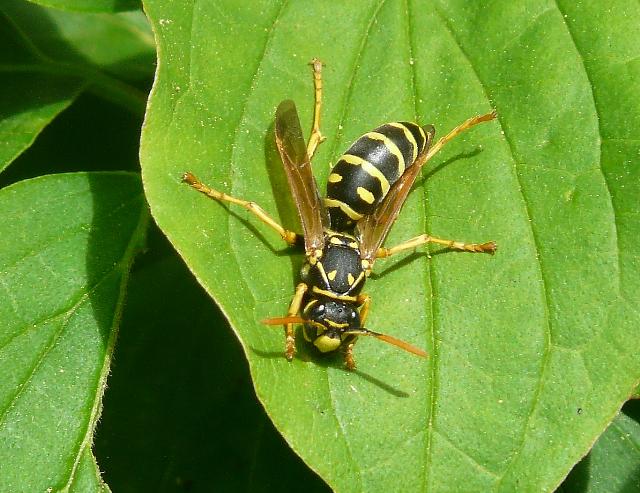
 European Paper Wasp Polistes dominula (Hym.: Vespidae) Annie Pang
European Paper Wasp Polistes dominula (Hym.: Vespidae) Annie Pang
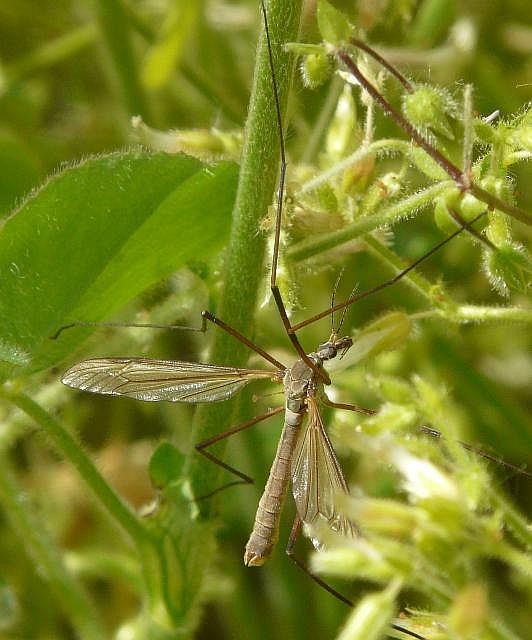
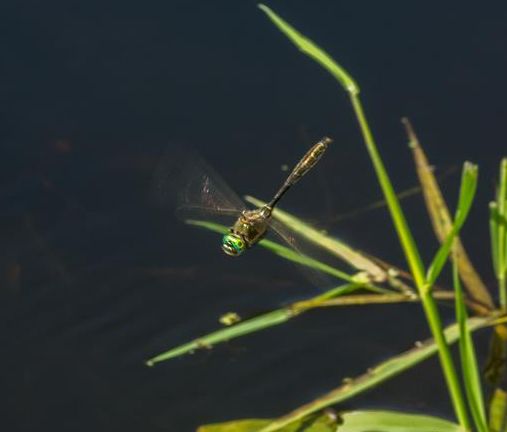
 American Emerald Cordulia shurtleffii (Odo.: Corduliidae) Ken Vaughan
American Emerald Cordulia shurtleffii (Odo.: Corduliidae) Ken Vaughan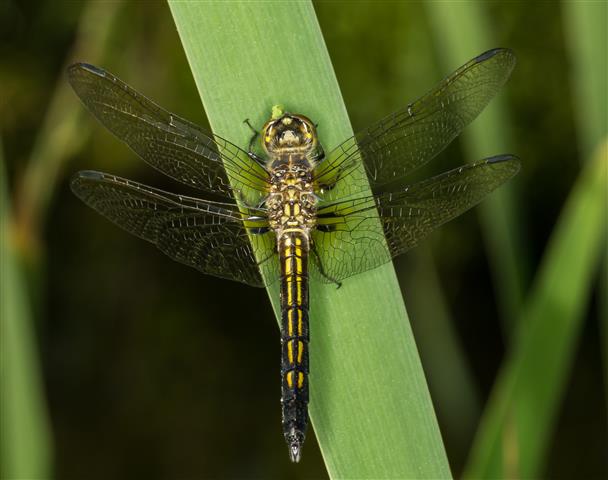
 Blue Dasher Pachydiplax longipennis (Odo.: Libellulidae) Ken Vaughan
Blue Dasher Pachydiplax longipennis (Odo.: Libellulidae) Ken Vaughan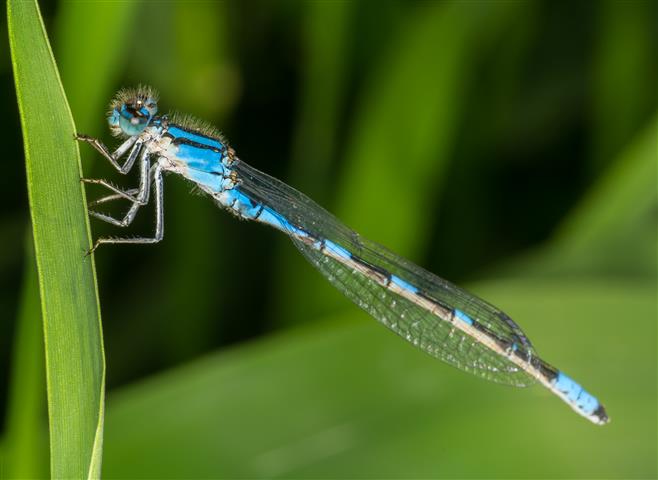
 Tule Bluet Enallagma carunculatum (Odo.: Coenagrionidae) Ken Vaughan
Tule Bluet Enallagma carunculatum (Odo.: Coenagrionidae) Ken Vaughan
